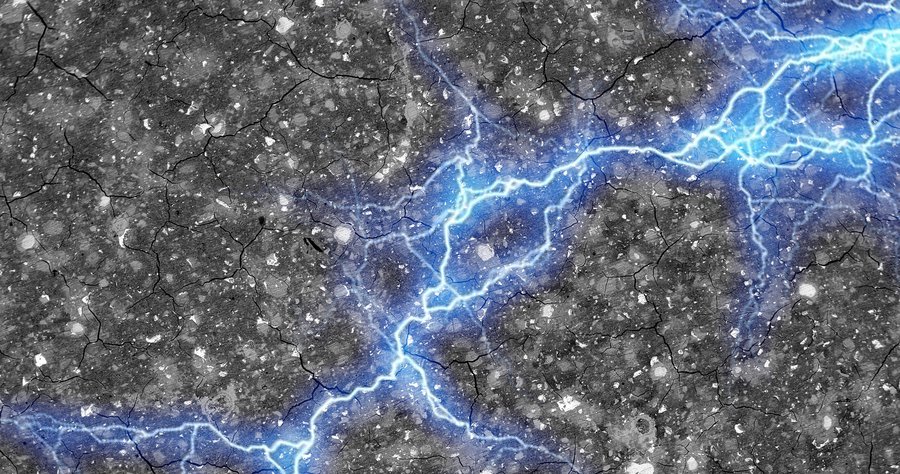Plan to commercialize supercapacitors in the next few years
Blocks of cement infused with a form of carbon similar to soot could store enough energy to power whole households. A single 3.5-meter block could hold 10kWh of energy, and power a house for a day, and the technology could be commercialized in a matter of years, the scientists say.
Direct link to paper: https://www.pnas.org/doi/10.1073/pnas.2304318120
Not my field but takeaways from a quick glace are that they note that the more energy dense they make it the worse it is at being concrete, and that their 10kwh number needs 45m³ of concrete. That would be 15x15x0.2m or like 55ftx55ftx8in which isn’t crazy but it’s a pretty decent amount.
We have already solved this problem, and concrete blocks is not the way to do it.
Water can do the exact same thing, but it flows through pipes and can be moved by pumps, it doesnt “break”, it doesnt require complex moving mechanisms, and it can actually 100% fill a given volume (blocks cannot)
We already do this, right now.
This is the whole “they are trying to re-invent trains again” thing.
Isn’t it good to have other methods. There will be places where water is impractical.
Did you read the article? This isn’t gravity storage, they’re making big capacitors by taking advantage of the way carbon black spreads into closely-spaced pockets when added to cement. It would be part of an electrical circuit.
Technology Connections over here like: IT’S CALLED A WATER HEATER!
The team worked out that a 45 cubic meter material block of nanocarbon-black-doped concrete would have enough capacity to store about 10kWh of energy
Try to visualise 45 cubic meters for the energy storage for 1 person for 1 day without any heating/cooling
This is really exciting if it works out and gets commercialised widely! One thing I’m not sure I understand is whether this requires entirely new cement, or if somehow the carbon black and capacitors can be mixed into existing cement structures (especially roads)? As mentioned in the article, cement is a high emission product and we already have so much of it in the world.
It would require adding carbon black in the correct proportions during initial mixing, so new concrete only. The structure that functions like a supercap is formed during curing.
The team worked out that a 45 cubic meter material block of nanocarbon-black-doped concrete would have enough capacity to store about 10kWh of energy, which is reckoned to be the average daily electricity usage for a household, so remote off-grid houses with batteries in the foundations could operate using windmills or solar panels.
That would be the foundation of a 1-story ~1600ft^2 house, for those of us unfortunate enough to have an innate sense of freedom units and not logical units.
I’m very curious about the longevity and durability of these bricks, and safety considerations. Such a house could potentially, (pun intended,) instantly discharge a lot of electricity into someone who comes in to contact with its foundation. Don’t use that masonry drill, it might kill you!
Hope this works out. It would be amazing to see new construction using this in foundations. Built in energy storage.









